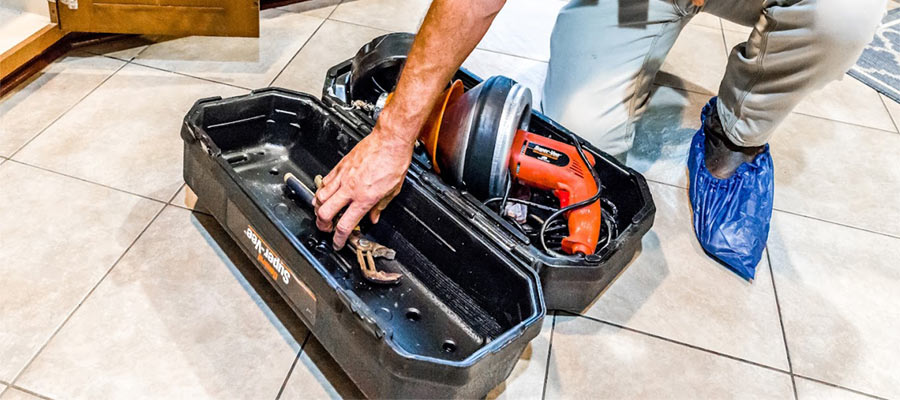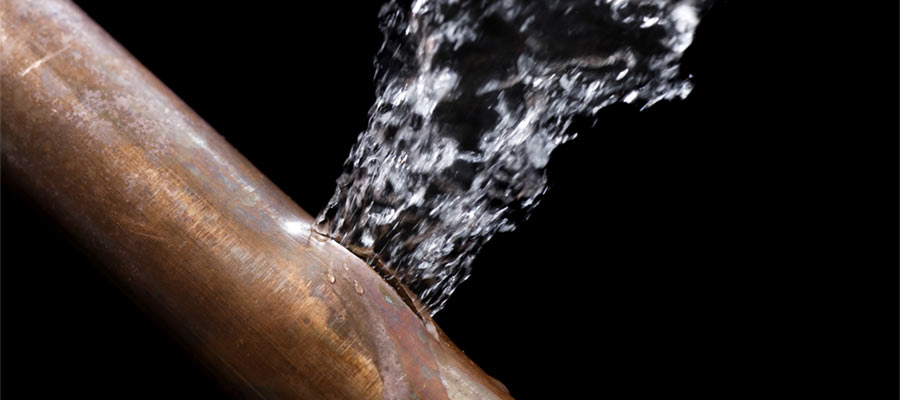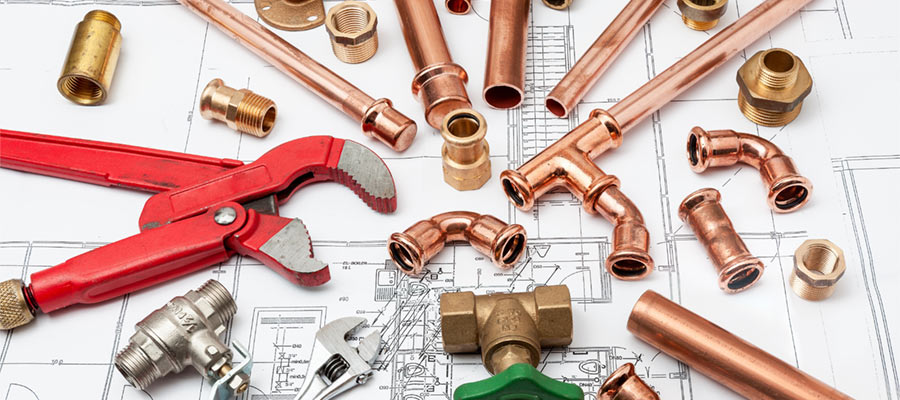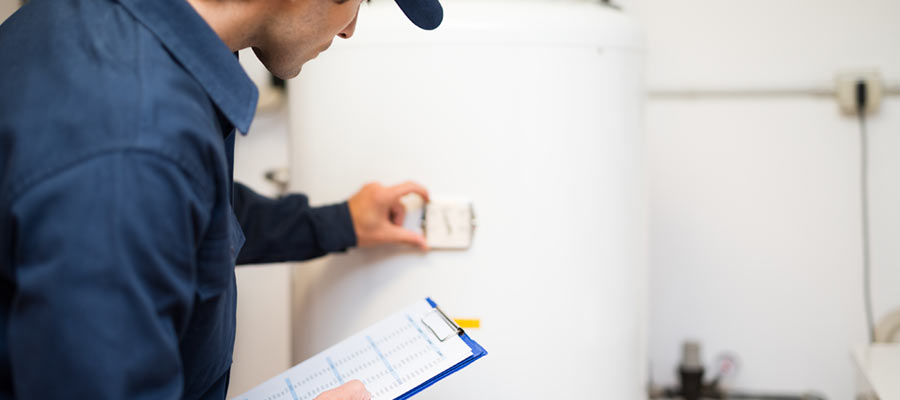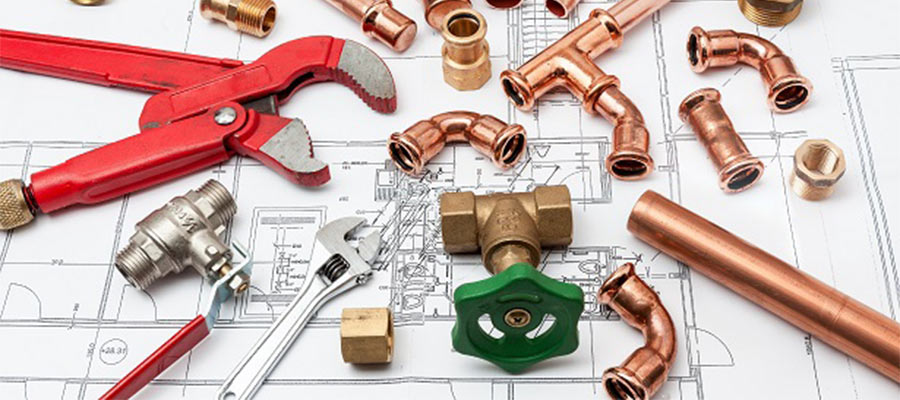When it comes to maintaining your household, one of the most common and frustrating issues to deal with is a toilet leak. Not only can it lead to wasted water and increased utility bills, but if left untreated, it can cause significant damage to your bathroom floors and walls. Toilet leak repair needs to be applied quickly to deal with any future issues.
What is a toilet leak?
A toilet leak refers to any instance where water escapes from the toilet tank or bowl when it is not being flushed. It can manifest as a small trickle of water, a constant drip, or even a larger flow depending on the severity of the leak. Identifying and repairing these leaks promptly is crucial to preventing water damage and maintaining the efficiency of your plumbing system.
There are several common causes of toilet leaks, including worn-out flapper valves, faulty fill valves, loose or damaged supply line connections, cracks in the toilet tank or bowl, and faulty wax seals. Identifying the root cause of the leak is essential to implementing the appropriate repair solution. Detecting a toilet leak early on is vital to prevent further damage and avoid costly repairs. Signs of a toilet leak include a constantly running toilet, wet or damp floors around the base of the toilet, water stains on the walls, a noticeable decrease in water pressure, or the sound of water running when the toilet is not in use.
Steps for DIY Toilet Leak Repair
Before starting your toilet leak repair, gather the necessary tools and materials. These may include an adjustable wrench, pliers, a screwdriver, a putty knife, a replacement flapper valve, a fill valve repair kit, a wax ring, and plumbing tape. Having these items readily available will make the repair process smoother.
The first step in any DIY toilet leak repair is to shut off the water supply. Locate the shut-off valve, usually located near the base of the toilet, and turn it clockwise until the water flow stops. This will prevent any further water damage while you work on the repair.
Once the water supply is shut off, it’s time to identify the source of the leak. Start by inspecting the toilet tank for any cracks or damage. Check the flapper valve and fill valve for signs of wear or malfunction. Examine the supply line connection for any looseness or leaks. By pinpointing the source of the leak, you can determine the most appropriate repair method.
If the leak is originating from the toilet tank, it may be a result of a faulty flapper valve or a worn-out fill valve. In most cases, replacing these components with new ones will rectify the issue. Follow the manufacturer’s instructions included with the replacement parts to ensure proper installation and functionality.
If the leak is coming from the toilet bowl itself, it is likely due to a faulty wax seal. To repair this, you will need to remove the toilet from the floor and replace the wax seal. This can be a more involved process and may require additional skills. If you are unsure or uncomfortable with removing the toilet, it may be best to call a professional plumber.
After completing the necessary repairs, it’s time to reassemble the toilet. Carefully place the toilet back onto the flange, ensuring a secure connection. Tighten the bolts securely but be cautious not to overtighten and risk damaging the toilet. Use a new wax ring to create a watertight seal between the toilet and the flange.
Once the toilet is reassembled, turn on the water supply and test for leaks. Allow the tank to fill completely, and then listen for any sounds of running water. Check for any visible leaks around the base of the toilet or in the tank. If you notice any leaks, revisit the repair steps or consider consulting a professional plumber.
Potential Pitfalls and Costly Plumbing Mistakes
One of the potential pitfalls of DIY toilet leak repair is a lack of experience and knowledge. Plumbing systems can be complex, and attempting repairs without a sufficient understanding of how they work can lead to further damage or recurring issues.
Misdiagnosing the cause of the toilet leak can result in ineffective repairs. Each type of leak requires a different repair method, and attempting to fix the wrong problem will only waste time and effort. If you are unsure about the cause of the leak, it’s best to consult a professional plumber for an accurate diagnosis.
While DIY repairs can be a cost-effective solution, using subpar repair techniques can lead to recurring leaks and ongoing issues. It’s essential to thoroughly research and understand the proper repair techniques for your specific problem to ensure a long-lasting and effective fix.
In some cases, attempting DIY repairs without the proper knowledge and tools can aggravate the issue further. For example, over tightening bolts or connections can cause cracks in the toilet or damage the plumbing materials. This can lead to more extensive repairs or even the need for a complete toilet replacement.
If you are in need of professional plumbing assistance, don’t hesitate to contact John Moore Services. With over 50 years of experience in the field we can provide not only the best services but also peace of mind.
Tips for Preventing Toilet Leaks
To prevent toilet leaks from occurring, it is essential to perform regular inspections and maintenance. Check for any signs of water damage, listen for unusual sounds when the toilet is flushed, and ensure that all connections are tight and secure. Consider scheduling annual maintenance checks with a professional plumber to catch any potential issues before they escalate.
Using the toilet properly can help prevent leaks and other plumbing problems. Avoid flushing excessive amounts of toilet paper or any items that are not designed to be flushed. Teach household members proper toilet etiquette to ensure the longevity of your plumbing system.
Periodically check the supply line connection to the toilet to ensure it is tight and secure. Over time, this connection can loosen, leading to leaks. If you notice any signs of a loose connection, use an adjustable wrench to tighten it, being careful not to over-tighten and risk damaging the plumbing materials.
Finally, it is important to promptly address minor issues as they arise. Small leaks or signs of wear should not be ignored, as they can quickly escalate into more significant problems. By taking immediate action, you can potentially save yourself from a headache and costly repairs down the road.
Toilet leaks can be a nuisance, but with the right knowledge and tools, toilet leak repair can be applied through a DIY approach. However, it’s crucial to recognize your limitations and assess the complexity of the problem before attempting any repairs. While there are cost-saving benefits to DIY, it’s important to avoid costly plumbing mistakes that could worsen the issue. When in doubt or when faced with a complex problem, it’s best to seek professional help. John Moore Services, with our experienced team of plumbers, is a reliable choice for all your plumbing needs.

